We think of GoogleDeepMind as the engine room of Google in the #AI era.
We’re sharing updates across our Gemini family of models and a glimpse of Project Astra, our vision for the future of AI assistants.
We think of GoogleDeepMind as the engine room of Google in the #AI era.
We’re sharing updates across our Gemini family of models and a glimpse of Project Astra, our vision for the future of AI assistants.

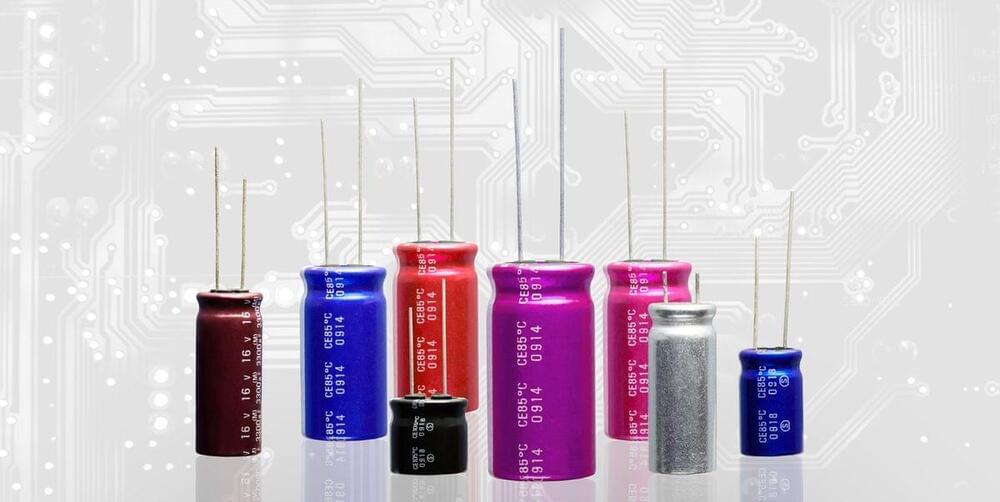

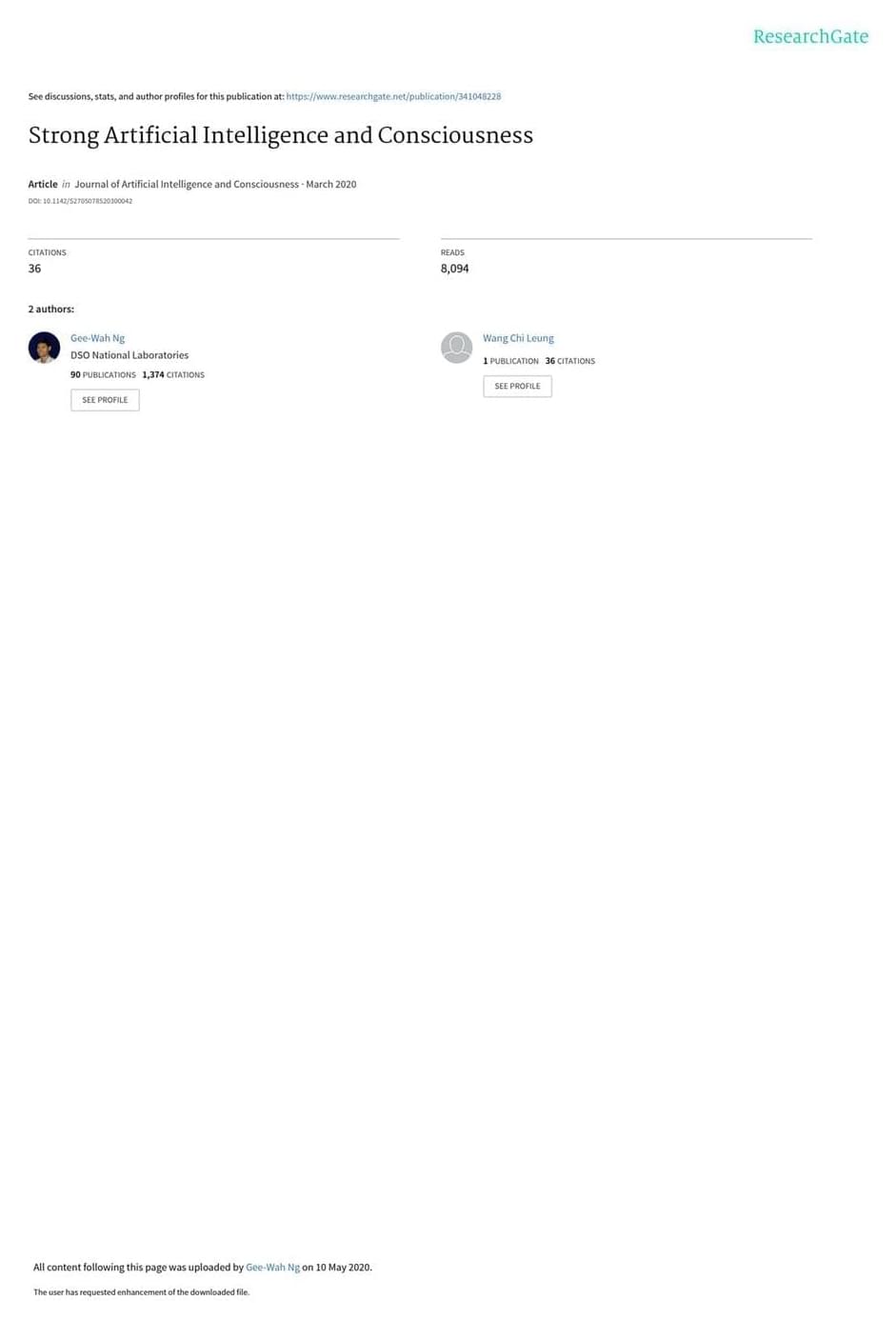
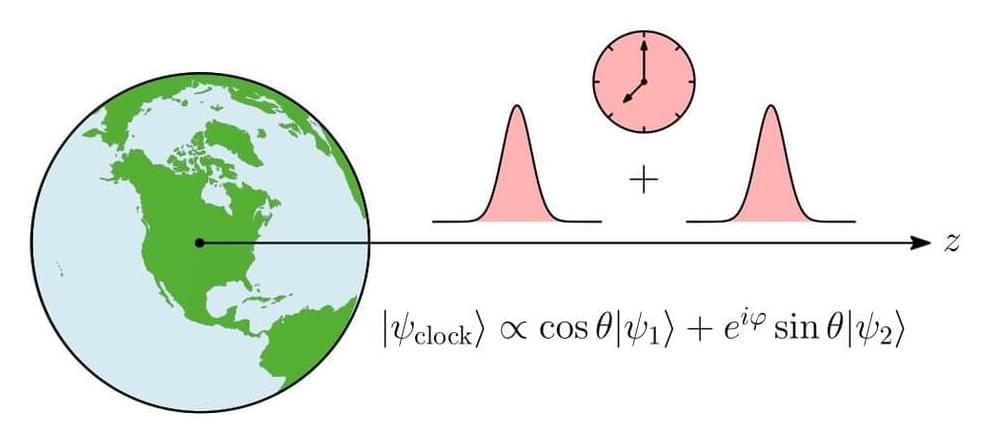
Jerzy Paczos, Kacper Dębski, Piotr T. Grochowski, Alexander R. H. Smith, and Andrzej Dragan, Quantum 8, 1338 (2024). According to relativity, the reading of an ideal clock is interpreted as the elapsed proper time along its classical trajectory through spacetime. In contrast, quantum theory allows the association of many simultaneous trajectories with a single quantum clock, each weighted appropriately. Here, we investigate how the superposition principle affects the gravitational time dilation observed by a simple clock – a decaying two-level atom. Placing such an atom in a superposition of positions enables us to analyze a quantum contribution to a classical time dilation manifest in spontaneous emission. In particular, we show that the emission rate of an atom prepared in a coherent superposition of separated wave packets in a gravitational field is different from the emission rate of an atom in a classical mixture of these packets, which gives rise to a quantum gravitational time dilation effect. We demonstrate that this nonclassical effect also manifests in a fractional frequency shift of the internal energy of the atom that is within the resolution of current atomic clocks. In addition, we show the effect of spatial coherence on the atom’s emission spectrum.
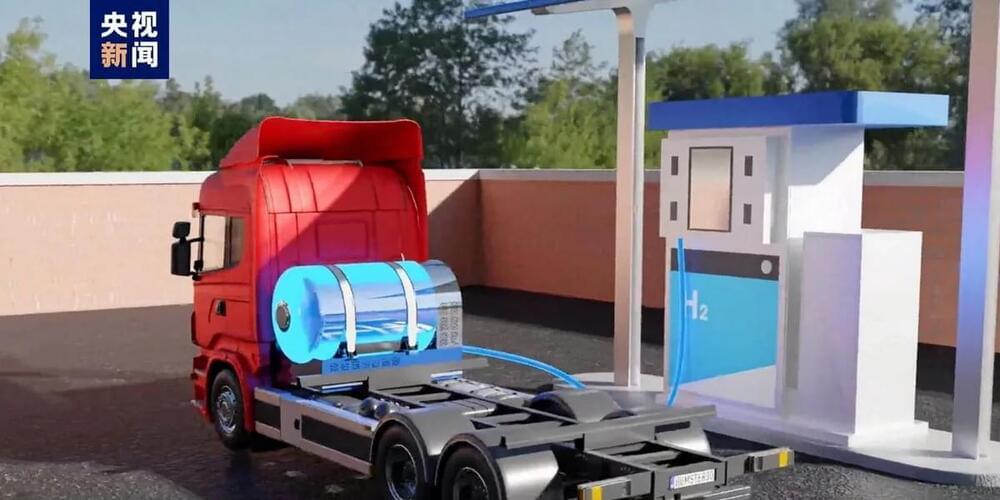


Qualcomm’s Snapdragon X Elite will eventually face competition in the ARM-based AI chipset space from MediaTek and NVIDIA, who have reportedly joined forces to co-develop a new SoC whose design is said to be finalized in the third quarter of this year. The upcoming silicon is said to support advanced technologies, including being mass produced on TSMC’s 3nm process, with the new entrant possibly competing with Apple’s M4 when comparing lithography.
The unnamed chipset from MediaTek and NVIDIA is rumored to fetch a price of $300 per unit, likely due to leveraging advanced nodes and packaging technologies
With the AI PC segment estimated to grow massively by 2027, MediaTek and NVIDIA want to pounce on this opportunity, giving this category a healthy dose of competition. The Taiwanese fabless semiconductor manufacturer has already received praise from Morgan Stanley analysts for its Dimensity 9,300, so there is no question that the company’s chip-making prowess has a gold-standard label. Add NVIDIA to the mix, and we could see an SoC that overtakes the competition in graphics performance, though Economic News Daily has not mentioned this.
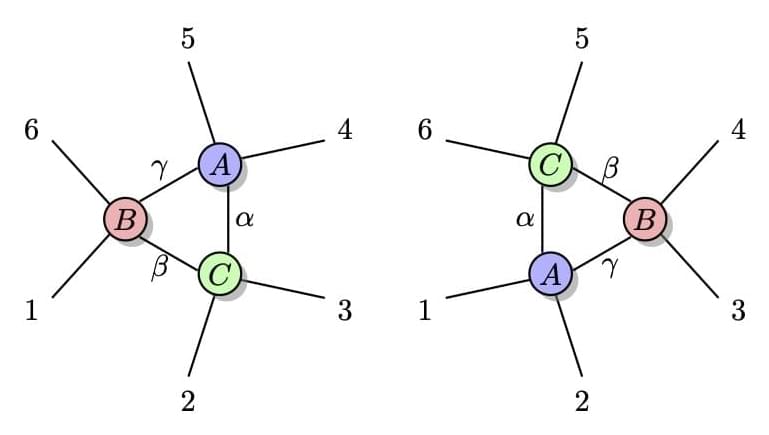
Balázs Pozsgay and Ian M. Wanless, Quantum 8, 1339 (2024). Absolutely maximally entangled (AME) states of $k$ qudits (also known as perfect tensors) are quantum states that have maximal entanglement for all possible bipartitions of the sites/parties. We consider the problem of whether such states can be decomposed into a tensor network with a small number of tensors, such that all physical and all auxiliary spaces have the same dimension $D$. We find that certain AME states with $k=6$ can be decomposed into a network with only three 4-leg tensors; we provide concrete solutions for local dimension $D=5$ and higher. Our result implies that certain AME states with six parties can be created with only three two-site unitaries from a product state of three Bell pairs, or equivalently, with six two-site unitaries acting on a product state on six qudits. We also consider the problem for $k=8$, where we find similar tensor network decompositions with six 4-leg tensors.